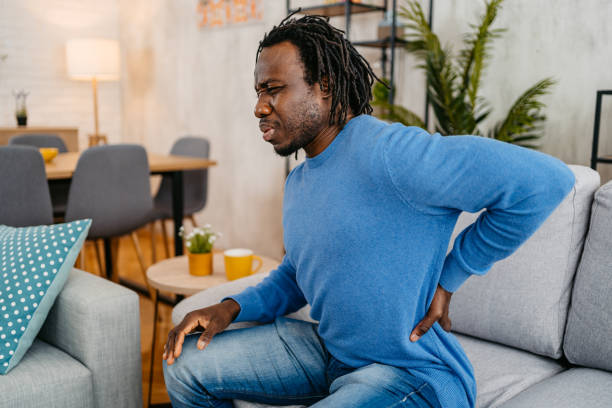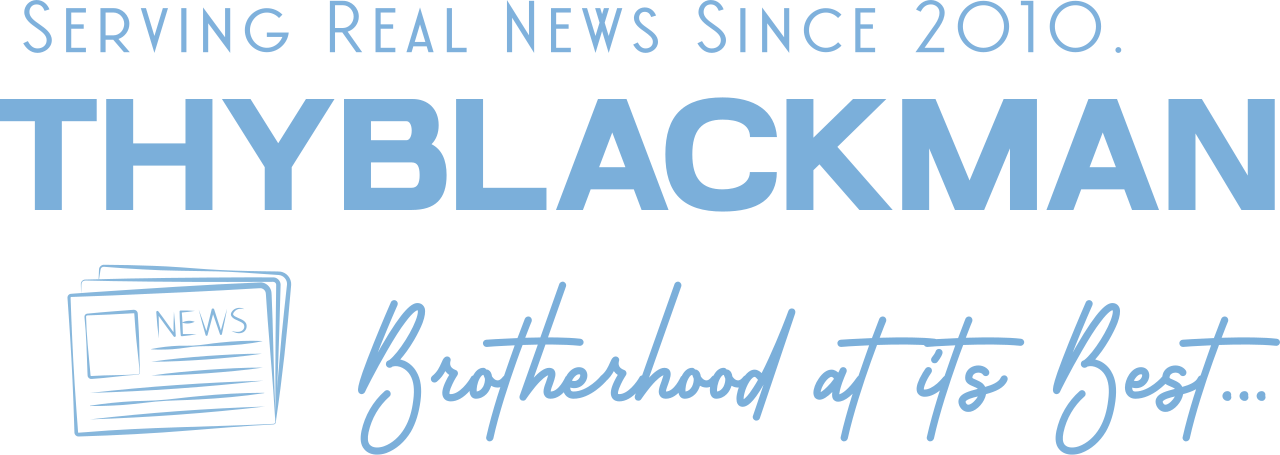(ThyBlackMan.com) Pain management has changed dramatically in recent years. For a long time, rest was seen as the best way to help the body recover, especially after injury. The idea was simple: stop moving, and healing will follow. But this view often overlooks the complex nature of pain—particularly when it becomes long-lasting. Extended rest can actually delay recovery and lead to additional complications like muscle weakness, joint stiffness, and reduced physical confidence.
Current research supports a more active approach, showing that gentle movement can support both physical healing and emotional well-being. Light activity helps maintain circulation, preserves mobility, and promotes a sense of control. Rethinking pain through the lens of movement opens the door to more effective and empowering ways to recover.
Passive Rest Can Delay Recovery in Persistent Pain Cases
Rest is essential in the early stages of an injury, but when pain becomes persistent, prolonged inactivity can quietly make things worse. Staying still for too long leads to reduced blood flow, joint stiffness, and muscle weakening—all of which can extend recovery time and increase discomfort. What begins as a protective instinct can turn into a barrier, limiting mobility and reducing confidence in the body’s ability to heal.
Incorporating gentle movement can help reverse that trend. Even small, consistent activity—like walking, stretching, or guided mobility work—helps maintain function, improve circulation, and support nervous system regulation. For those unsure how to begin, try talking with a pain management specialist in Phoenix to help build a safe, personalized approach. With the right guidance, movement becomes less intimidating and more empowering—an active step toward recovery rather than a risk to avoid.

Fear of Movement Can Trap People in a Pain Loop
Fear of movement often takes hold when pain becomes a daily experience. Activity starts to feel risky, and even simple motions may seem threatening. Over time, avoidance becomes a habit, leading to increased stiffness, disrupted patterns, and emotional fatigue. Judgment can become clouded, and inactivity may feel safer than it actually is. Staying still for long periods reinforces discomfort and reduces confidence in the body’s ability to cope.
Facing fear around movement is key to breaking the cycle. Starting with safe, light exercises can slowly build confidence and support healthier movement. Taking small steps gives people a sense of control and helps them reconnect with physical abilities without feeling overwhelmed.
Gentle Activity Aids Healing Through Mechanical Stimuli
Simple forms of movement can play a meaningful role in physical recovery. Walking, stretching, or controlled mobility exercises activate key systems in the body, helping muscles and nerves communicate more efficiently. Each motion sends a signal that supports repair and can gradually reduce pain. Even a few minutes of activity each day helps circulation, improves tissue health, and nurtures a sense of progress.
Water-based movement is especially useful for reducing pressure on joints. The buoyancy allows smoother motion with less discomfort, making it easier to build a routine that feels manageable and rewarding from the start.
Mental Fatigue from Pain Is Made Worse by Total Inactivity
Chronic pain affects more than the body—it also weighs heavily on the mind. Emotional exhaustion may build up, leaving people drained and stuck. With limited movement, daily patterns begin to fall apart—especially sleep—which makes everything feel worse and may lead to hopelessness and isolation. Mental fog adds to the struggle of getting through the day and can leave individuals feeling even more stuck.
Getting out of a rut like this often involves choosing to move, even in small ways. Light exercise can help people reconnect with their bodies and improve mood, offering a greater sense of control. Small actions—such as short walks or gentle stretches—can restore mental clarity and support a more hopeful outlook on recovery.
Structured Movement Builds Confidence in the Body Again
A planned approach to movement can be a game-changer for people dealing with pain. Slowly bringing back activities turns pain into something manageable, helping people believe in their physical strength again. Functional movements—like reaching, sitting, or standing—reinforce key patterns. Doing them regularly helps maintain balance and coordination, which can make recovery feel less scary.
Celebrating small wins is also motivating. Each little success—such as completing an extra round of stretches or adjusting posture—helps maintain a positive mindset. Writing down each step in a simple journal can help people recognize progress and feel less anxious about moving again.
Staying still might feel like protection from pain, but over time, it can lead to more discomfort, frustration, and emotional strain. Gentle movement—such as walking, stretching, or water-based activity—can improve circulation, reduce stiffness, and support mental clarity. Each small action adds up, helping the body and mind shift out of survival mode and into recovery. Building consistency, even in tiny steps, fosters a stronger connection with the body and rebuilds trust in its abilities. Pain may still be present, but movement introduces momentum. With patience and persistence, daily life can become less about managing pain and more about living fully.
Staff Writer; Kelvin Short

















Leave a Reply